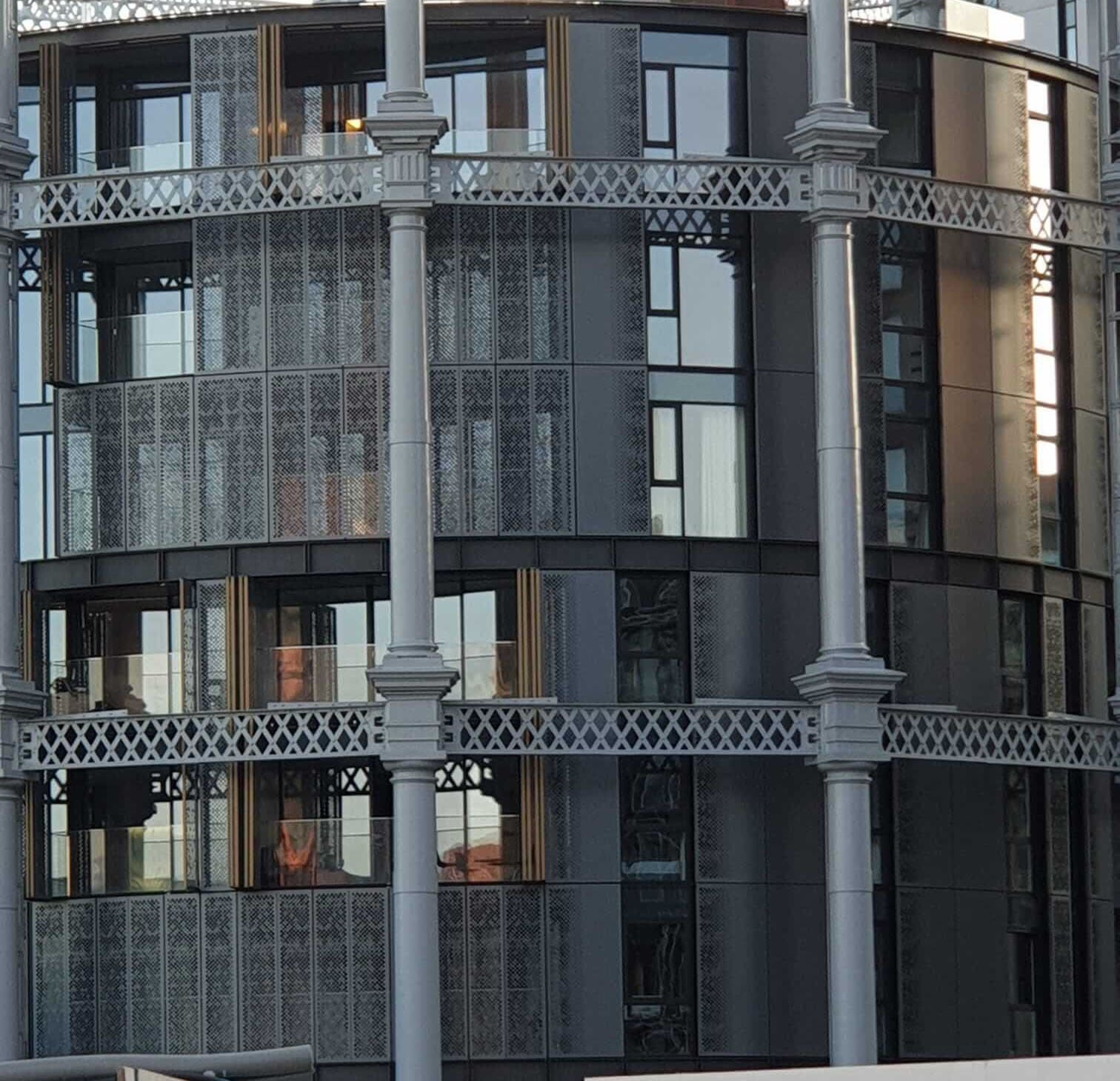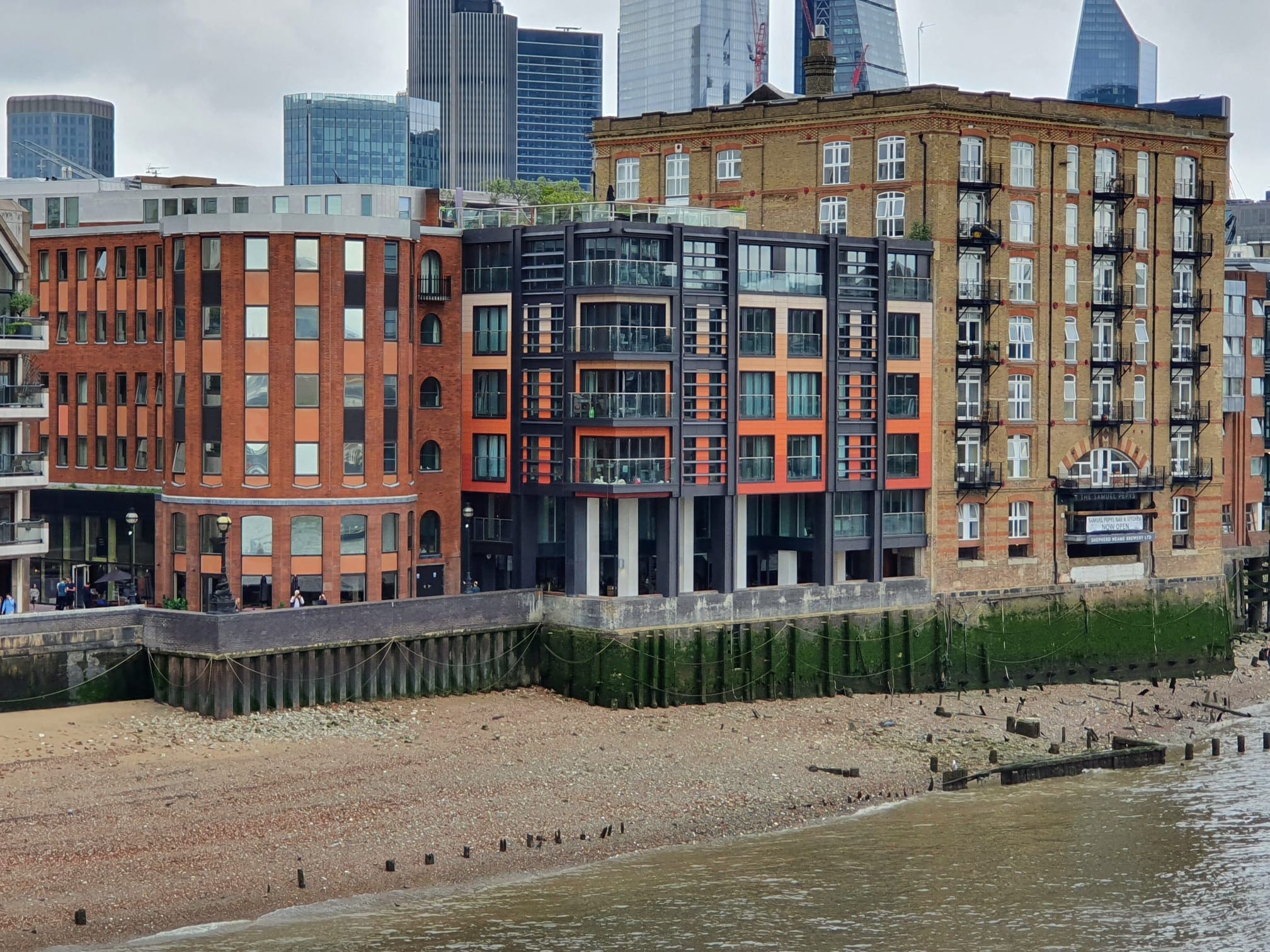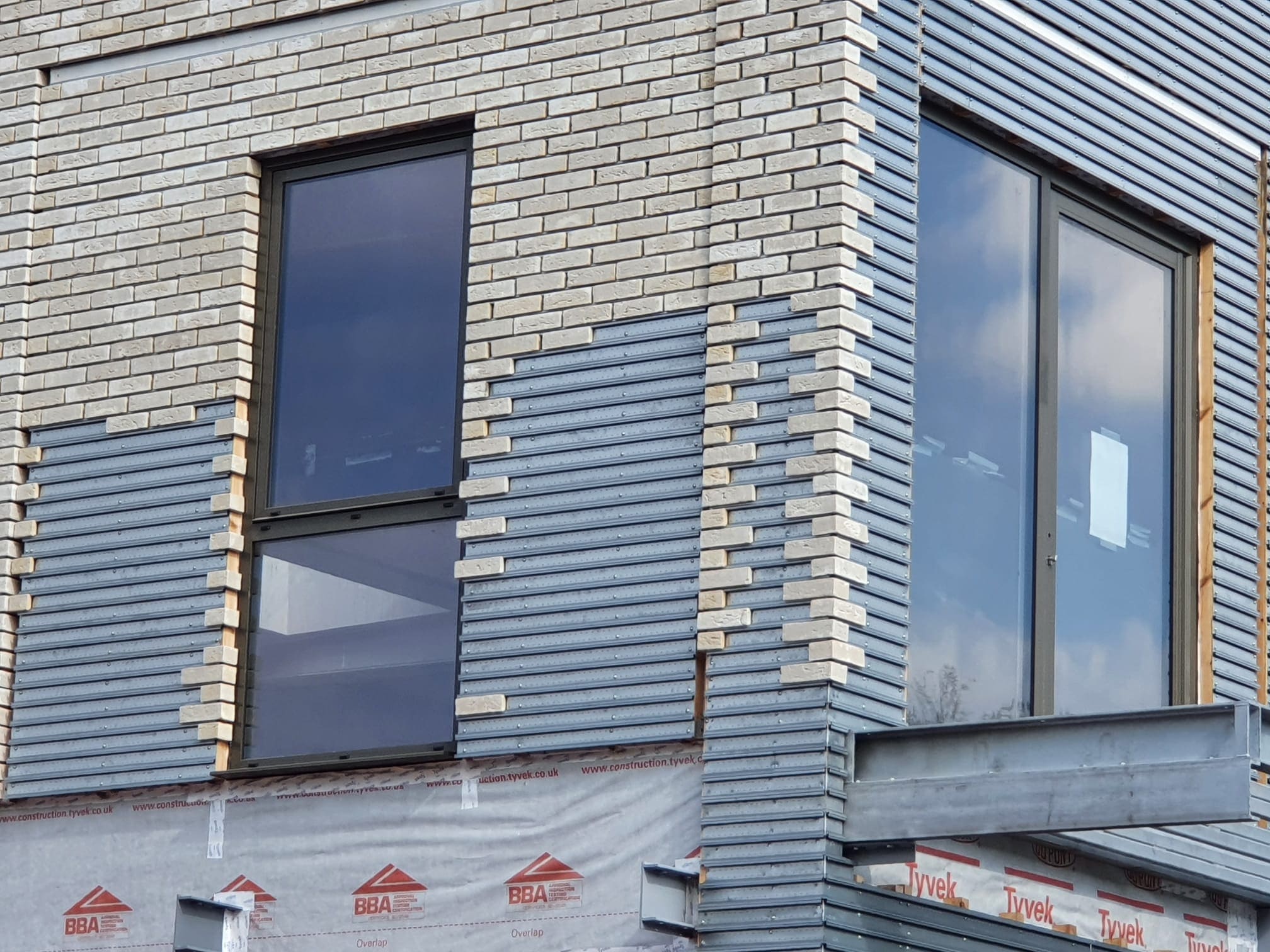 674
674
 0
0
Rising Rent in the U.K. and Its Impact on Tenants
With home listings in the U.K. shrinking and rental demand soaring, tenants are now grappling with rising rent prices and fewer options. This section explores why the current housing situation is increasingly alarming for renters across the country. As competition for properties intensifies, many tenants are paying more than they can afford or compromising on living space and quality.
Rent Increases Across the U.K.
Recent statistics paint a troubling picture: rents in Greater London have surged by 16% over the past year, while rents outside the capital have also climbed significantly. The average rent in London now stands at £2,343 per calendar month, highlighting the stark increase in urban areas. Renters are struggling to keep up, with the average private rent outside London reaching £1,162.
Changes in Rental Demand and Living Preferences
As rent prices climb, many renters are seeking more affordable alternatives, including smaller properties and co-living spaces. This shift reflects the need to balance financial constraints with housing demands. Co-living, which offers smaller private spaces paired with shared amenities, has become a popular choice, especially among young renters. This section delves into how renters’ preferences are evolving in response to rising costs.
Government Intervention: Scotland vs. London
While the Scottish government has introduced a temporary rent freeze to help tenants, London’s mayor’s request for similar rent control powers has been denied. This section compares the different governmental responses to the rental crisis in Scotland and England. The disparity between policies shows how different regions are tackling the issue and how these differences affect renter
The Role of Policy Changes in Rising Rents
A series of government policy changes has contributed to the escalating rent prices. Section 24, which impacts landlords’ tax deductions, is driving many to sell properties. Other factors, such as higher capital gains tax rates for landlords and rising mortgage costs, are exacerbating the strain on the rental market. This section takes a closer look at how these policies have had a ripple effect on tenants and landlords alike.
The Government’s Plan for Housing and Future Challenges
In response to the ongoing housing shortage, the U.K. government is working to increase homeownership and build more homes. However, achieving these goals has proven difficult. As the housing crisis continues, the government faces increasing pressure to address the affordability of rental properties. This section discusses the government's strategy and whether it can make a real difference for tenants.




Meet our Expert Property Commentators



























